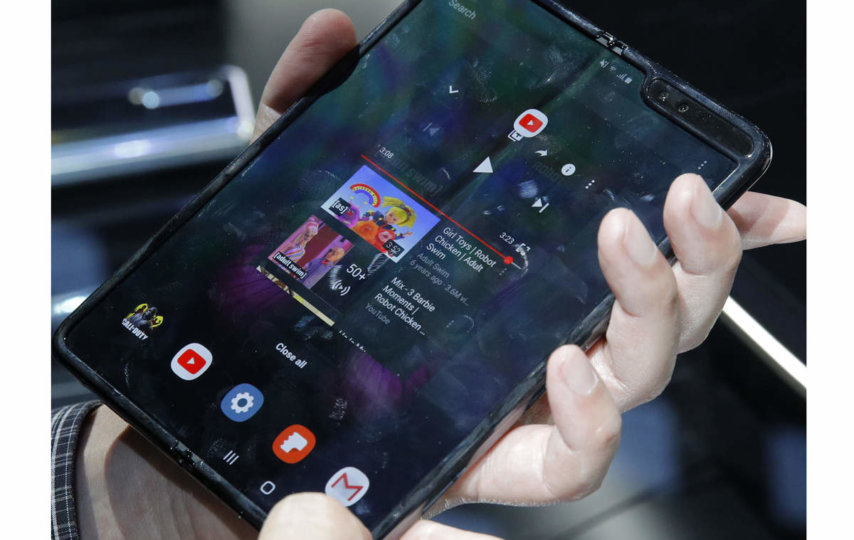Over the past 28 years, mobile phones have become smarter, more compact, and more reliable. Reports suggest that there are 3.5 billion smartphone users globally, and in 2017, it was reported that India alone had 468 million smartphone users, which is likely to double by 2022. With premium brands like OnePlus now rolling out with mid-range smartphones, there is greater focus on catering to the average consumer.
The past two years have seen smartphone manufacturers upping their game, producing smartphones with quad-rear camera setups, better display screens with bezel-less displays, faster processors, more powerful GPUs and longer battery life. With constant innovation, and owing to the rapid growth of mobile technology, smartphones are expected to become even smarter in the next year or two.
So the question now isn’t about if our smartphones will evolve even further, but about the next big frontier in mobile technology. As smartphone brands continue to compete for dominance in the industry, the consumers are the ones who will end up as the real winners.
Holographic Displays
Almost all the sci-fi and futuristic Hollywood films feature holographic displays. Thanks to the efforts of engineers and scientists, you may soon have a smartphone that would come equipped with a holographic display of its own, which would beam virtual displays with which you could interact!
More recently, a team of Korean researchers published a paper in Nature Communications, where they claimed that they had designed a revolutionary ultra-thin display, that could in fact project 3D holographic images! Instead of talking to your friend on Skype or FaceTiming with them, you could soon interact with their 3D images.
One has to believe that you would need powerful smartphones, such as 6GB RAM mobiles to support holographic displays, but we are at least a year away from finding such phones in the market.
Stretchable and Flexible Smartphones
The concept of bendable phones isn’t new. Brands like Nokia and Samsung had already unveiled bendable phones, but failed to win over the consumers. However, the thought of having a smartphone that you can stretch is indeed an enticing prospect. Imagine watching a football match or a cricket match on a stretchable smartphone! All you have to do is stretch the display, so that you can have a larger screen similar to a tablet or a small laptop.
Back in 2017, Samsung developed the prototype of a similar device — a smartphone with stretchable display, which can be stretched or dented up to 12mm without damaging the phone. However, researchers are currently trying to come up with a display that can be stretched and expanded, with the smartphone holding its shape until the user makes it smaller so that it would fit back in their pocket.
Stretchable phones also provide an immersive experience while playing video games. Imagine the screen flexing out when someone is shooting at you, while playing a first-person shooter game on your phone!
Eco-Friendly Smartphones
Most of us have become environmentally conscious over the past few years, and considering the rate at which climate is changing, the home appliance industry is also trying to come up with better, eco-friendly products. Research has been going on for a few years, with scientists and engineers coming up with ways to design a smartphone using biodegradable materials, along with cleaner energy charging.
In 2016, Kyocera unveiled its solar-powered prototype at the Mobile World Congress, with the mobile phone specifically designed to work outdoors. Another prototype that searched for alternative means to power the phone was designed back in 2009 by Mikhail Stawsky, which used kinetic energy to charge the phone. However, it was never developed completely.
Huawei Mate Xs is one of the upcoming mobile phones that will introduce the Indian masses to foldable smartphones, along with LG V50 ThinQ and Samsung Galaxy Fold. However, it could take a while before we find smartphones with holographic displays, or stretchable smartphones that will enable us to convert them into tablets.













